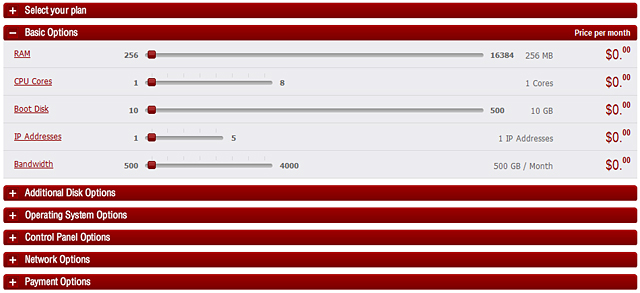
Call it the democratization of the cloud.
Gradually, inexorably, there’s a shift in the balance of power in information technology. Taking nothing away from the IT establishment – which, after all, has its hands full serving mega enterprises with mega challenges – today, any random business can have industrial strength computing, without the industrial strength price tag.
Thanks to the cloud, IT is no longer the exclusive domain of the IT intelligentsia. As users take bring-your-own-device to the next level and begin to deploy their own apps and manage their own security, they’re embracing cloud-hosted computing as their preferred way to maintain cost-effective, 24×7 support.
The cloud isn’t free, but suddenly, compute horsepower is a virtual – or, perhaps more appropriately, a virtualization — bargain. It’s entirely possible for a small or midsize financial services firm to spend $10K a month and tap enough compute power to drive a 1,000-user company. That’s less than the cost of hiring a single engineer.
For those who’ve logged time in large enterprises, the notion of “self-serve IT” is the ultimate oxymoron, counter-intuitive and faintly ridiculous. IT is inherently complex, unwieldy, costly, and off-limits to lay people — isn’t it? Not really, not anymore. The market has expanded “downward,” to entrepreneurial organizations that typically don’t include line items for info tech professionals, other than a random consultant here and there.
Self-serve IT is not DIY, not “roll your own.” Savvy virtualization providers have done the rolling for companies in the financial services sector. Infrastructure-as-a-Service (IaaS) technologies empower organizations that may lack traditional IT resources to still gain the full benefit of remarkably robust products and platforms. From a data management perspective, servers and prefab packages effectively take the place of IT professionals — a huge benefit for financial services operations, and a quantum leap toward improved ROI.
Gone are the days when a growing brokerage or advisory firm had to hit up a brother-in-law for a server and networking gear, forking over hefty sums to mash-up hardware and software, to no definitive or discernible end. The good news is that systems – real solutions – are out there. Case in point is VMware’s vShield, which enables users to manage their own security, no longer leaving firewall oversight in the hands of the hosting provider, so even the local brother-in-law can make a go of it.
IT can now be self-serve because cloud hosting companies have baked in some essential components, with confidence and without undue risk. The decisions that used to get growing financial services firms in trouble have been made by others – providers who have borne the risks, figured things out and determined what works well, based on thorough testing and procedures for continuous improvement. Businesses can make bottom line decisions – as they should – without sweating the tech stuff.
The cloud makes it possible for hosting providers to deliver customer-centric service (read: facilitating self-service) for small and midsize businesses, in part by making maintenance concerns a thing of the past, much as owners of certain makes of cars now find routine maintenance part of the total package. Some are beginning to offer “on-boarding” services, aimed at eliminating the fear factor from the cloud migration process, a great deal of which arises from, yes, issues around maintenance and support. Among the first things customers learn: by not owning or housing servers on their premises, they’ve effectively offloaded maintenance to organizations that know how to do it (without breaking the bank). That’s a significant value-add of the cloud model.
There’s a powerful economic rationale for those in the financial services sector to get out of the business of buying/maintaining hardware that is obsolete practically before the paint is dry. In addition to the obvious advantages of data management without having to acquire and depreciate iron, the cloud pricing model is inherently flexible.
With hosted applications and shared data, cloud-based data management borders on being a no-brainer. Updates, upgrades and enhancements are continuous and, for all intents and purposes, transparent. While misconceptions about security in the cloud persist (entrusting strategic applications and data to a third party and so on), data management and data migration are easier, cleaner and more secure than in a local, non-hosted environment.
Which, on reflection, suggests that self-serve is actually an approach that serves just about everyone.
For more information about Infinitely Virtual, visit here.
